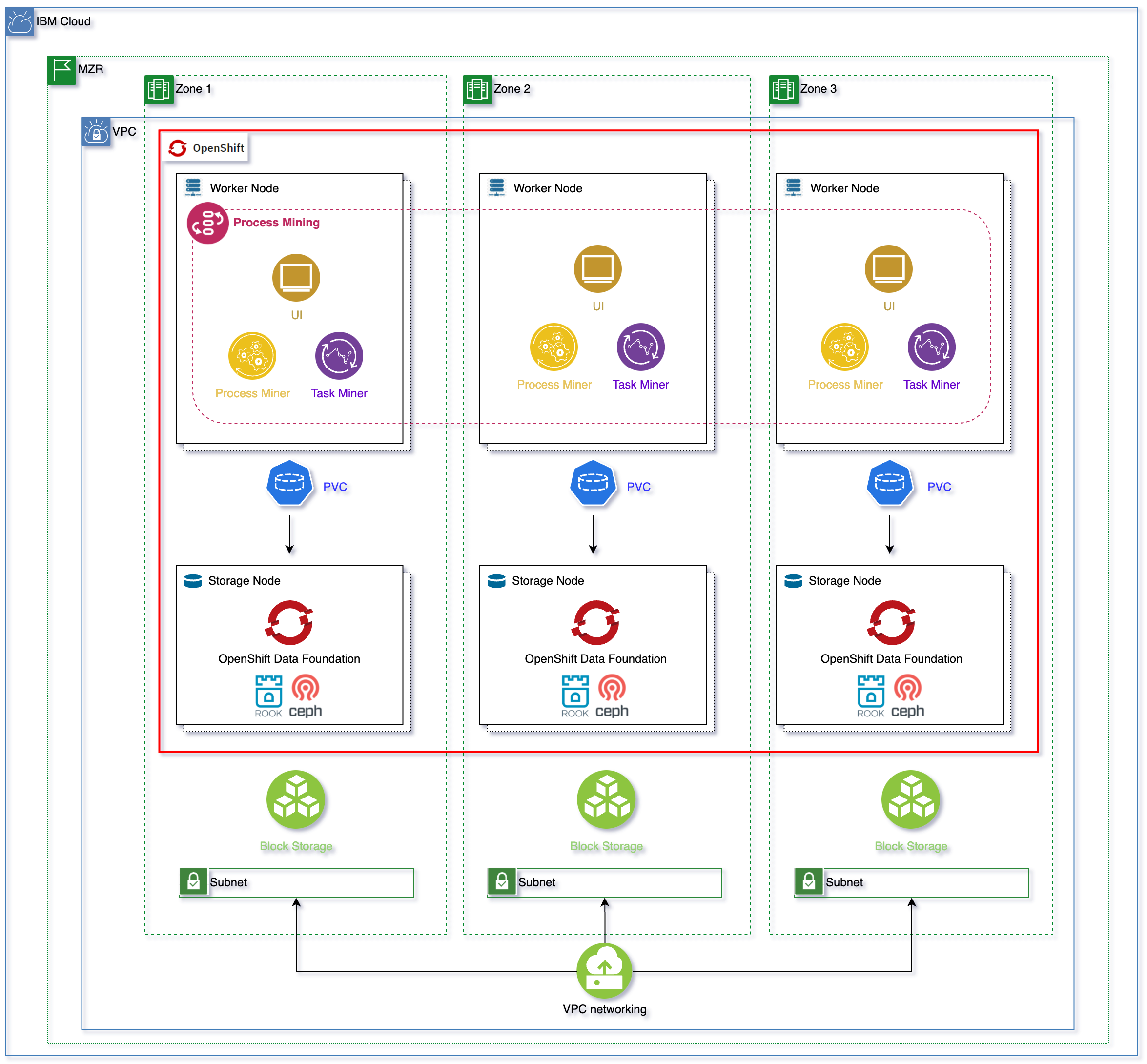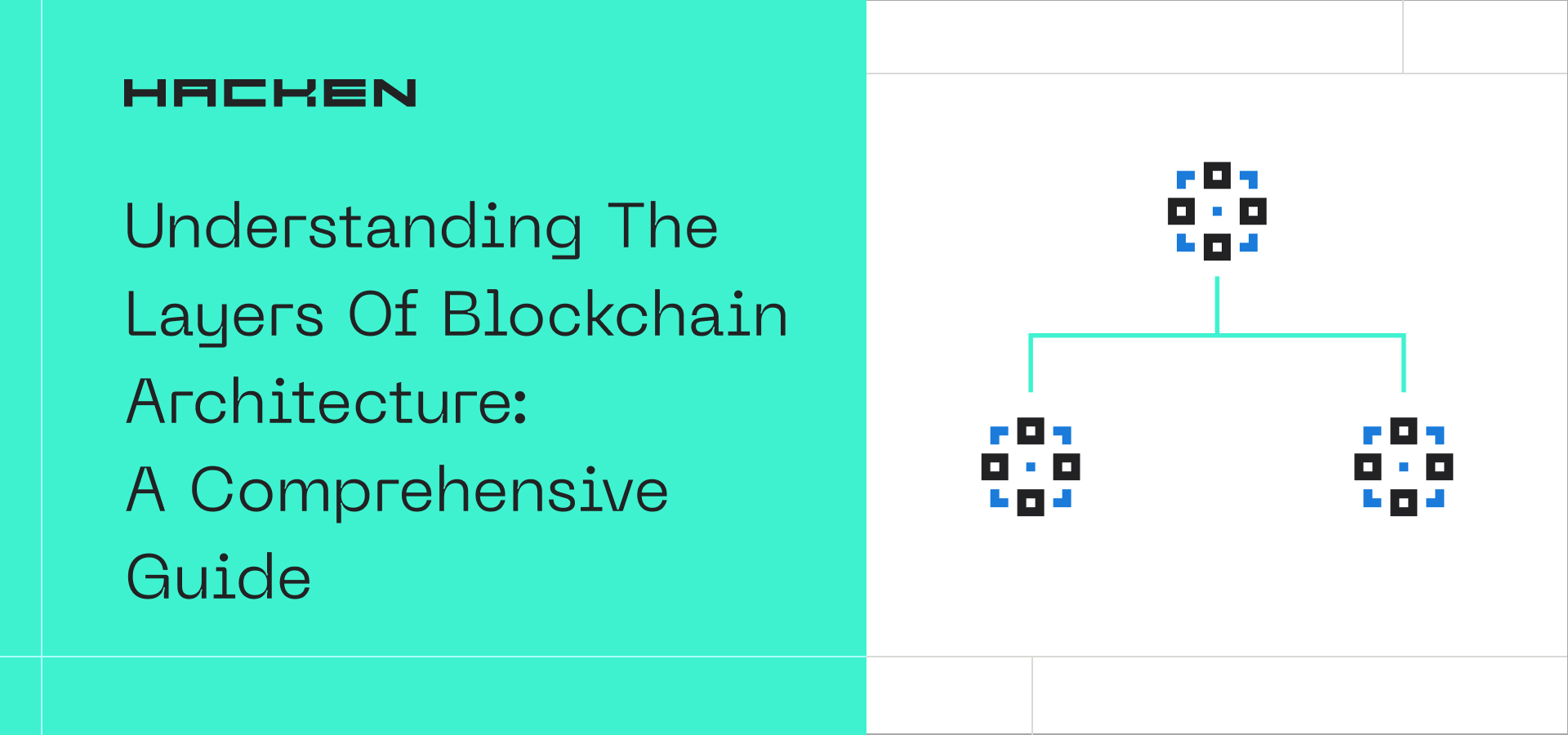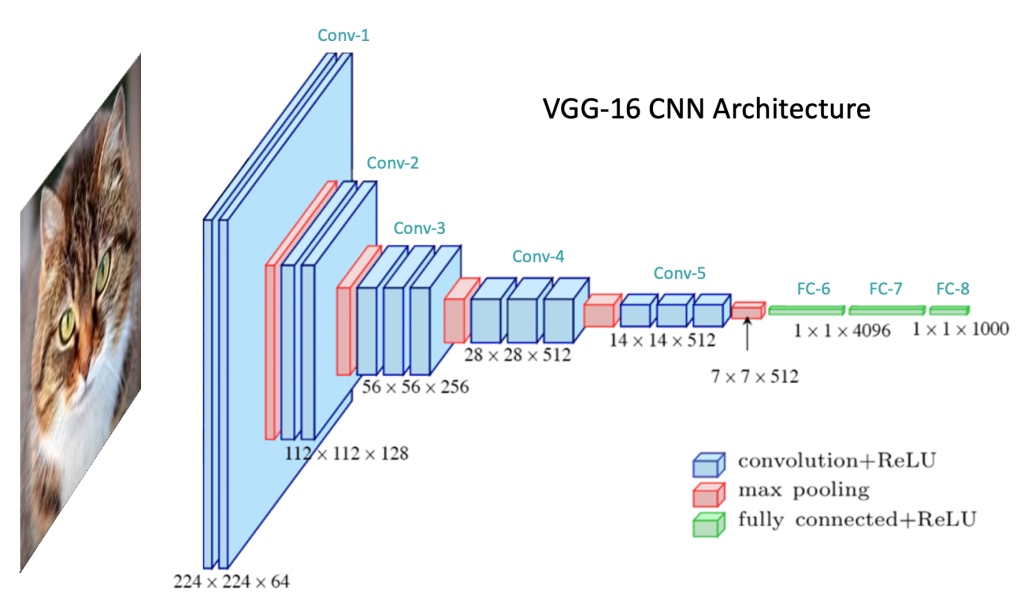Understanding the Architecture of Content Delivery Networks (CDNs)
Content Delivery Networks (CDNs) have revolutionized the way content is delivered to users across the globe. In this comprehensive blog article, we will delve into the intricate architecture of CDNs, exploring their significance, benefits, and the underlying technology that powers them.
A Content Delivery Network (CDN) is a distributed network of servers strategically located around the world, working together to deliver content to users with optimal speed and performance. CDNs have become an integral part of the modern internet infrastructure, allowing websites to effectively handle high traffic volumes and deliver content to users regardless of their geographical location.
What is a Content Delivery Network (CDN)?
A Content Delivery Network (CDN) is a geographically distributed network of servers that work together to deliver content to users efficiently. When a user requests content from a website, instead of the request going directly to the website’s origin server, it is routed to the nearest edge server within the CDN. This drastically reduces the distance the content needs to travel, resulting in faster load times and improved user experience.
CDNs are designed to optimize content delivery by taking advantage of the network’s infrastructure and caching mechanisms. They store cached copies of website content on edge servers located in various geographical regions. This means that when a user requests content, it can be served from a server that is physically closer to them, reducing latency and improving overall performance.
The Role of CDNs in Website Performance
CDNs play a crucial role in enhancing website performance. By reducing latency and improving page load times, they significantly enhance the user experience. When a user accesses a website, the CDN automatically determines the nearest edge server and delivers the content from there. This eliminates the need for the content to traverse long distances, resulting in faster load times and reduced latency.
Additionally, CDNs are designed to handle high traffic volumes effectively. By distributing and caching content across multiple servers, CDNs can handle a large number of simultaneous requests without impacting performance. This is especially beneficial for websites experiencing sudden traffic spikes, such as during a popular event or product launch.
CDN Architecture: An Overview
The architecture of a CDN consists of various components that work together to ensure efficient content delivery. These components include origin servers, edge servers, caching systems, load balancers, and routing algorithms.
The origin server is where the original content is stored. When a user requests content, the CDN retrieves it from the origin server and caches it on an edge server closer to the user. This caching process ensures that subsequent requests for the same content can be served from the edge server, reducing the load on the origin server and improving response times.
Origin Servers and Edge Servers
The origin server is the primary server where the original content is located. It acts as the source of truth for the CDN. When a user requests content, the CDN checks if it already exists on an edge server. If not, it retrieves the content from the origin server and caches it on the edge server closest to the user’s location. This caching process ensures that subsequent requests for the same content can be served directly from the edge server, reducing latency and improving performance.
On the other hand, edge servers are strategically located around the world to bring content closer to users. These servers are responsible for delivering the cached content to users in their respective geographical regions. By reducing the distance between the user and the server, edge servers minimize latency and improve the overall user experience.
Content Distribution and Caching
Content distribution and caching are fundamental aspects of CDN architecture. When a user requests content, the CDN checks if it already exists on an edge server. If it does, the content is served directly from the edge server. This eliminates the need for the content to travel back to the origin server, reducing latency and improving response times.
CDNs use various caching mechanisms to ensure efficient content delivery. These mechanisms include HTTP caching, object caching, and dynamic content caching. HTTP caching involves storing static content, such as images and CSS files, on edge servers. Object caching, on the other hand, involves caching entire web pages or dynamically generated content to improve response times.
Load Balancing and Traffic Routing
Load balancing and traffic routing are crucial components of CDN architecture. Load balancing involves distributing incoming requests across multiple servers to ensure optimal resource utilization and prevent any single server from becoming overwhelmed.
CDNs use various load balancing algorithms, such as round-robin, least connections, and IP hash, to evenly distribute traffic across servers. This helps prevent any individual server from becoming a bottleneck and ensures that requests are handled efficiently.
Traffic routing, on the other hand, involves determining the most optimal path for content delivery. CDNs use sophisticated routing algorithms to select the best edge server to serve content based on factors such as proximity, server load, and network conditions. This ensures that content is delivered from the server that can provide the fastest and most reliable response.
CDN Security Measures
CDNs employ various security measures to protect against potential threats and ensure the integrity of the content being delivered. These measures include Distributed Denial of Service (DDoS) protection, SSL/TLS encryption, and content authentication.
DDoS protection involves detecting and mitigating large-scale attacks that aim to disrupt the availability of a website or service. CDNs use advanced traffic filtering and rate limiting techniques to identify malicious traffic and prevent it from reaching the origin server.
SSL/TLS encryption is essential for securing the transmission of sensitive data between the user and the website. CDNs provide SSL certificates and handle the encryption and decryption process, ensuring that data remains secure during transit.
Content authentication is another important security measure employed by CDNs. It involves verifying the integrity and authenticity of the content being delivered. CDNs use various techniques, such as cryptographic hashes and digital signatures, to ensure that the content has not been tampered with during transit.
CDN Analytics and Performance Monitoring
CDNs provide robust analytics and performance monitoring tools to help website owners gain insights into their content delivery and make data-driven decisions for optimization.
CDN analytics offer valuable information about user behavior, traffic patterns, and content popularity. Website owners can analyze this data to understand user engagement, identify performance bottlenecks, and optimize their content delivery strategy.
Performance monitoring tools allow website owners to monitor the performance of their CDN in real-time. They provide metrics such as response times, cache hit rates, and server load. By closely monitoring these metrics, website owners can identify any issues or anomalies and take proactive measures to ensure optimal performance.
CDN Providers and Services
There are numerous CDN providers in the market, each offering a range of services tailored to different website needs. Some popular CDN providers include Cloudflare, Akamai, Fastly, and Amazon CloudFront.
CDN providers offer a variety of services, such as content caching, load balancing, DDoS protection, and SSL/TLS encryption. Website owners can choose the services that best suit their requirements and budget.
When selecting a CDN provider, it is essential to consider factors such as geographical coverage, performance, cost, and customer support. Evaluating these factors will help website owners make an informed decision and ensure they choose a CDN that aligns with their specific needs.
Future Trends in CDN Architecture
The field of CDN architecture is constantly evolving to meet the ever-growing demands of the digital world. Several emerging trends and advancements are shaping the future of CDNs.
One significant trend is the integration of Artificial Intelligence (AI) and machine learning into CDNs. AI algorithms can analyze user behavior patterns, predict content demand, and optimize content delivery in real-time. This enables CDNs to dynamically adjust their caching and routing strategies to provide the best possible user experience.
Another trend is the integration of edge computing capabilities into CDNs. Edge computing brings computational power closer to the user, enabling faster processing of data and reducing reliance on centralized servers. This can significantly improve the performance of real-time applications and enable new use cases, such as Internet of Things (IoT) devices and autonomous vehicles.
Furthermore, the advent of 5G networks is expected to have a profound impact on CDN architecture. With faster network speeds and lower latency, CDNs will be able to deliver content even more quickly and efficiently. This opens up new possibilities for immersive media experiences, such as virtual reality and augmented reality.
In conclusion, understanding the architecture of Content Delivery Networks is crucial for optimizing website performance and enhancing user experience. CDNs play a vital role in reducing latency, improving content delivery, and providing robust security. By delving into the various aspects of CDN architecture, this blog article has provided you with valuable insights and a comprehensive understanding of how CDNs work. Stay tuned for the future developments and advancements in this dynamic field, as CDNs continue to evolve to meet the ever-growing demands of the digital world.









